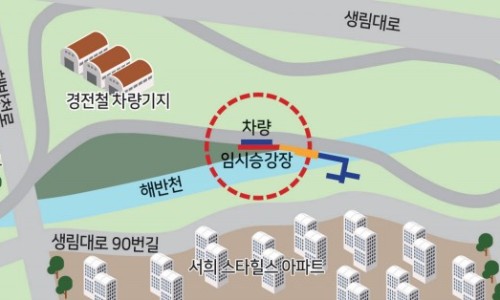Table of Contents
- From a Declining Old City Center to Urban Transformation… A Blueprint for 'Light Rail Station Area Development' Has Been Unveiled
- Bulam Station to Jeonha Bridge: Redevelopment of the Urban Gateway and Industrial Area, Jeonha Bridge to Gaya University Station: Reorganization of Aging Residential Areas
- Linked to Urban Maintenance Plans… Initiating a Structural Shift in the Urban Framework with Practical Strategies
- Conclusion: Will the Urban Reorganization Centered on the Light Rail Lead to Changes in Citizens' Quality of Life?
- Frequently Asked Questions (FAQ)
From a Declining Old City Center to Urban Transformation… A Blueprint for 'Light Rail Station Area Development' Has Been Unveiled
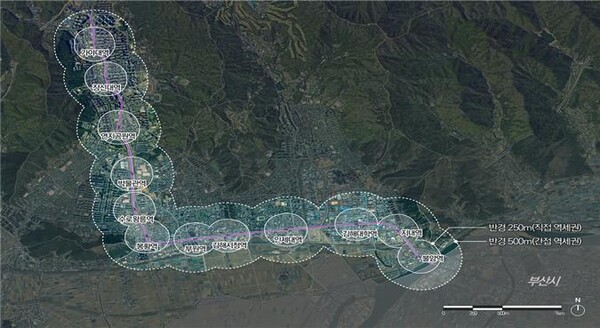
Gimhae City is establishing a 'Comprehensive Plan for Station Area Development' targeting the areas around the 12 stations of the Busan-Gimhae Light Rail and commencing efforts to reorganize urban space. This plan is expected to be completed by May 2026, with the main objectives being to address the phenomenon of hollowing out in the old city center due to urban expansion and to prepare a sustainable urban development strategy.
The Busan-Gimhae Light Rail has significantly improved the transportation convenience for citizens by connecting the center of Gimhae since its opening in 2011. However, the areas surrounding the station have low utilization due to their mix of industrial zones and aging residential areas that have been left unmaintained.
Therefore, Gimhae City is embarking on an 'urban space innovation tailored to station areas' to recover the functions of the old city center and improve living conditions along the light rail line, which serves as the axis of transportation. Although it may seem late, as 14 years have passed since the light rail opened, it is crucial to establish a systematic plan now. We hope that this development plan of Gimhae City proceeds successfully.
Articles Worth Reading Together
Bulam Station to Jeonha Bridge: Redevelopment of the Urban Gateway and Industrial Area, Jeonha Bridge to Gaya University Station: Reorganization of Aging Residential Areas
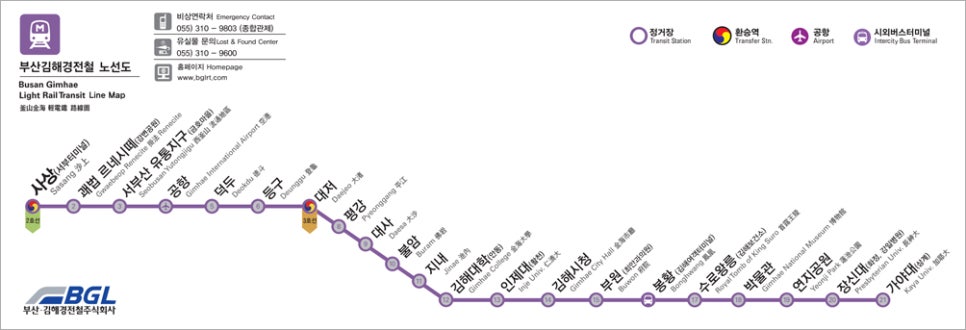
This comprehensive plan divides the development direction into two sections, considering the characteristics of the station area. The first section, from Bulam Station to Jeonha Bridge, serves as an urban gateway and has a mixed characteristic of industrial areas and the old city center. In this region, design guidelines reflecting urban identity and gateway landscapes will be established, promoting the introduction of symbolic and innovative architectures. This section is expected to play an important role in enhancing the brand value of Gimhae.
The second section, from Jeonha Bridge to Gaya University Station, includes aging residential areas that have been in place for more than 20 years. Therefore, it is essential to carry out residential environment reorganizations linked to the 'Basic Plan for the Maintenance of Aging Planned Urban Areas'. Representative first-generation housing areas in Gimhae including Naewi, Jangyu, Northern, Naedong, and Sambang districts will be included.
In addition to the physical space improvements through station area development, the city plans to integrate various maintenance directions, including innovations in urban and architectural design, improvements in transportation and pedestrian environments, expansion of life SOC, and recovery of urban identity. These efforts are expected to contribute to the urban development of Gimhae.
Linked to Urban Maintenance Plans… Initiating a Structural Shift in the Urban Framework with Practical Strategies
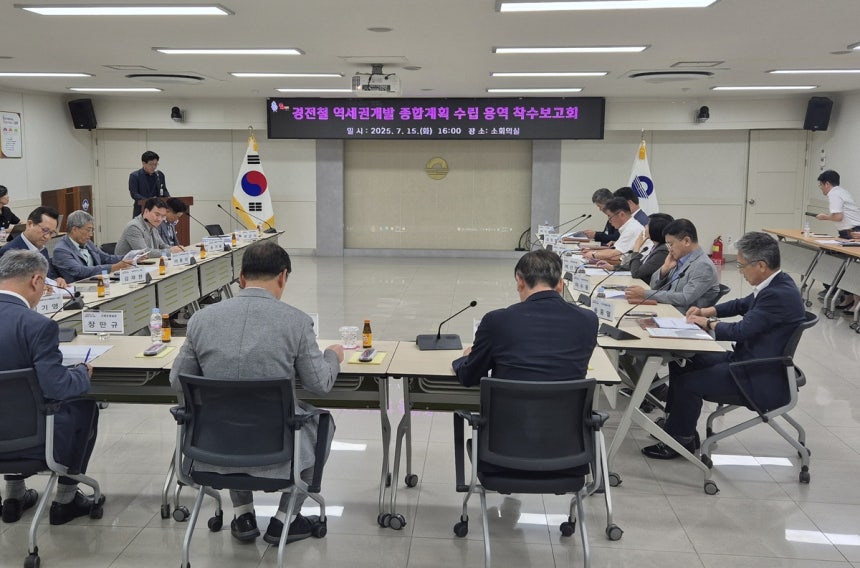
Recently, Gimhae City aims to establish practical execution strategies that go beyond simple aesthetic improvements through the development of light rail station areas. To this end, the city is strengthening cooperation among relevant departments and is in the process of comprehensive planning through various methods such as consulting external experts and gathering citizen opinions.
Moreover, Gimhae City is simultaneously promoting the '2035 Urban and Residential Environment Maintenance Basic Plan' and 'Basic Plan for the Maintenance of Aging Planned Urban Areas' alongside station area development. This establishes long-term urban maintenance directions and execution strategies focusing on the recovery of spatial structures in the entire city. These efforts can be interpreted as preventing indiscriminate expansion to the outskirts and implementing sustainable growth strategies.
Through these various strategies, Gimhae City is doing its best to strengthen the basic urban infrastructure and create a more livable environment.
Conclusion: Will the Urban Reorganization Centered on the Light Rail Lead to Changes in Citizens' Quality of Life?
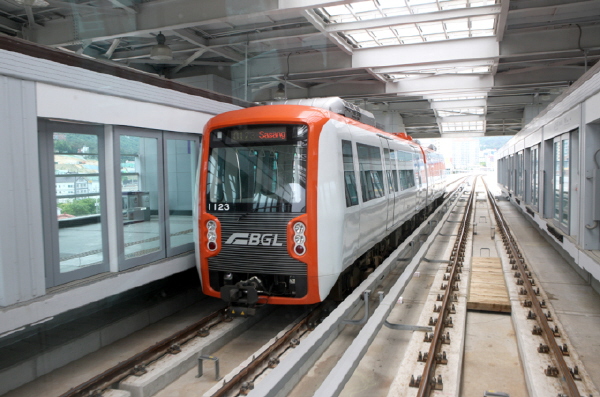
The comprehensive development plan centered on the 12 stations of Gimhae City's light rail has special significance in terms of the overall change of urban space. This plan focuses on recovering the functions of the neglected old city center and solving urban problems caused by the mixture of industrial areas and aging residential areas. Through these efforts, it demonstrates the commitment to enhance Gimhae's urban competitiveness and improve citizens' quality of life.
The city stated that "the station area development will be the first step in bringing significant changes to Gimhae City, and we will create visible changes that citizens can feel with practical strategies." Many are focused on whether the section 'Bulam Station to Gaya University Station' can establish itself as the future center of Gimhae beyond being a mere station area.
#GimhaeCity, #LightRailStationAreaDevelopment, #BusanGimhaeLightRail, #BulamStation, #GayaUniversityStation, #JeonhaBridge, #GimhaeUrbanRegeneration, #RecoveryOfOldCityCenter, #UrbanMaintenancePlan, #StationAreaDevelopment, #Gimhae2035Plan, #MaintenanceOfAgingPlannedUrbanAreas, #GimhaeStationArea, #JangyuDistrict, #SambangDistrict, #NaewiDistrict, #NorthernDistrict, #NaedongDistrict, #GimhaeLivingArea, #GimhaeTransportationPlan, #UrbanSpaceReorganization, #RecoveryOfUrbanIdentity, #GimhaeResidentialMaintenance, #LightRailUtilizationPlans, #GimhaeStationAreaDevelopmentPlan, #GimhaeCityUrbanStrategy, #SustainableCity, #GyeongnamUrbanDevelopment, #UrbanArchitecturalDesign, #GimhaeInnovationCityStrategy
Frequently Asked Questions (FAQ)
Q. Why did Gimhae City establish a comprehensive plan for the development of the Busan-Gimhae Light Rail station area?
To resolve the hollowing out of the old city center and to achieve sustainable urban development.
Gimhae City established the comprehensive plan for the station area development to improve the low utilization caused by the mix of industrial areas and aging residential zones surrounding the 12 stations of the Busan-Gimhae Light Rail. Through this, it aims to solve the phenomenon of hollowing out in the old city center due to urban expansion and to prepare a sustainable development strategy focused on the recovery of urban functions and improvement of living environments. This initiative to innovate urban space around the light rail opened in 2011 will play a crucial role in the balanced urban regeneration of Gimhae City in the future.
Q. What are the characteristics and development directions of the section from Bulam Station to Jeonha Bridge in the light rail station area development plan?
Reflecting the characteristics of an urban gateway and industrial area, focusing on design innovation.
The section from Bulam Station to Jeonha Bridge serves as an urban gateway for Gimhae City and has a mixed characteristic of industrial areas and the old city center. Accordingly, Gimhae City plans to establish design guidelines that reflect urban identity and gateway landscapes, promoting the introduction of symbolic and innovative architectures. This section is expected to significantly enhance Gimhae's brand value and innovate urban images.
Q. What is the focus of the residential environment improvement being promoted in the section from Jeonha Bridge to Gaya University Station?
Renovation of aging residential areas and improvement of living environments are key.
This section is densely populated with aging residential areas that have been in place for over 20 years, making residential environment improvements linked to the 'Basic Plan for the Maintenance of Aging Planned Urban Areas' essential. The focus will be on improving living conditions and resolving aging issues in representative first-generation housing areas, such as Naewi, Jangyu, Northern, Naedong, and Sambang. This aims to support citizens in living in a more pleasant and safe residential environment.
Q. What strategies and collaborative methods is Gimhae City utilizing in establishing the station area development plan?
The comprehensive plan is established through inter-departmental cooperation, expert consultation, and collection of residents' opinions.
To promote effective light rail station area development, Gimhae City has strengthened the cooperative framework among relevant departments and is concurrently gathering resident opinions and consulting external experts. Moreover, it is developing long-term urban maintenance directions and execution strategies in conjunction with the '2035 Basic Plan for Urban and Residential Environment Maintenance' and the 'Basic Plan for the Maintenance of Aging Planned Urban Areas'. This effort emphasizes preventing expansion to the outskirts and implementing sustainable growth strategies.
Q. What are the expected impacts of the comprehensive station area development plan on the urban development of Gimhae City?
Expectations for recovering the functions of the neglected old city center and improving citizens' quality of life.
This light rail station area development plan focuses on solving the problems of the neglected old city center and the mixture of industrial areas and aging residential neighborhoods, centering on the recovery of urban functions through the reorganization of urban space. It aims to enhance Gimhae City's urban competitiveness and improve the quality of life that citizens can tangibly experience. It is expected that through the urban reorganization centered on the light rail from Bulam Station to Gaya University Station, Gimhae will grow into a future center.
